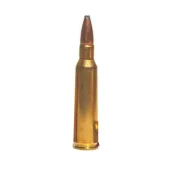.300 Savagevs.250-3000 Savage
Head to Head Comparison



0%
Critic Rating
0 Reviews
Critic Rating
2 Reviews

0%
User Rating
0 Reviews
User Rating
2 Reviews

0%
Critic Rating
0 Reviews
Critic Rating
2 Reviews

0%
User Rating
0 Reviews
User Rating
2 Reviews
Gun Specifications
Specification
.300 Savage
.250-3000 Savage
.300 Savage Best Deals
.250-3000 Savage Best Deals
Suggested Comparisons
vs
vs
vs
vs
vs
vs
vs
vs
vs